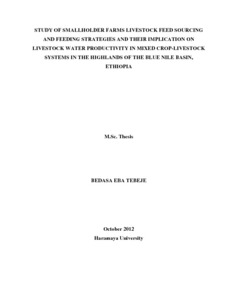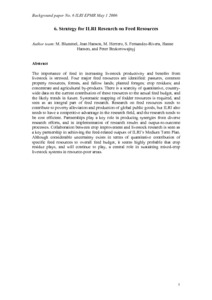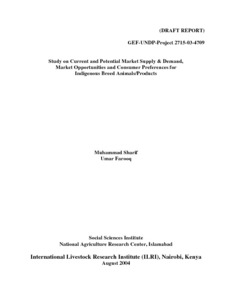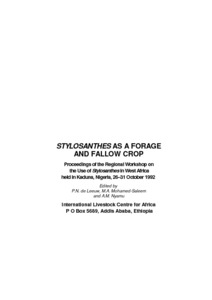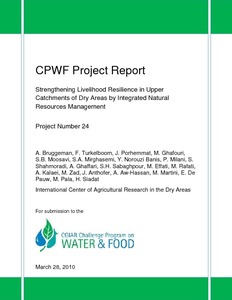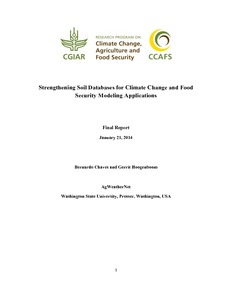Study of smallholder farms livestock feed sourcing and feeding strategies and their implication on livestock water productivity in mixed crop-livestock systems in the highlands of the Blue Nile Basin, Ethiopia
This study was conducted to assess livestock feed sourcing and feeding strategies and their implications on livestock water productivity (LWP) in mixed crop-livestock production systems of the Blue Nile Basin (BNB) in Ethiopian Highlands. Three Woredas (Diga, Jeldu and Fogera) representing diverse agricultural farming systems were considered. One watershed in each Woreda, which is Dapo from Diga, Meja from Jeldu and Mizuwa from Fogera were selected. Each watershed further stratified to different farming systems depending on cropping pattern and landscape positions.

